Variable Valve Timing (VVT) systems represent a big step in engine technology. VVT adjusts the valve timing of an engine based on driving conditions such as speed, load and acceleration. This dynamic adjustment enhances engine efficiency, power delivery and fuel economy while reducing harmful emissions.
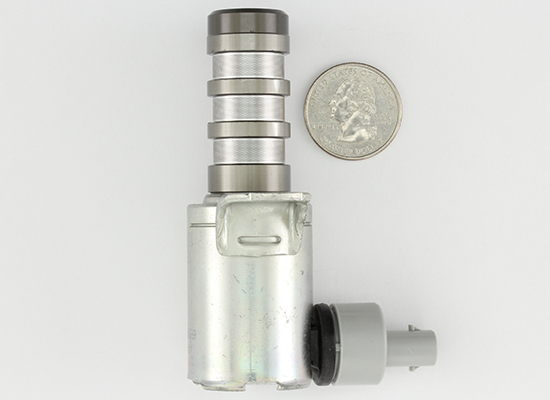
However, automotive technicians frequently encounter vehicles with VVT issues caused by poor maintenance and low-quality motor oil. Problems commonly appear with a check-engine light accompanied by sluggish acceleration and reduced power. In many cases, the issue stems from clogged VVT actuators due to degraded oil.
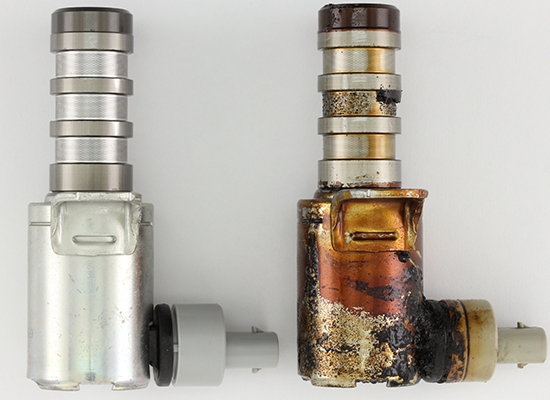
Traditional valvetrains operate with fixed valve timing, meaning the opening and closing of engine valves occur at preset points during the engine cycle regardless of the engine’s speed or load. While reliable, the systems doesn’t allow for adjustments to optimize performance under varying conditions, such as during acceleration or at higher rpm. This is where VVT systems step in.
VVT adjusts the timing of the intake and exhaust valves based on real-timne engine demands. By altering when the valves open and close, VVT maximizes airflow and combustion efficiency, improving both power output and fuel economy while reducing emissions.




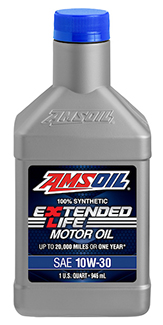



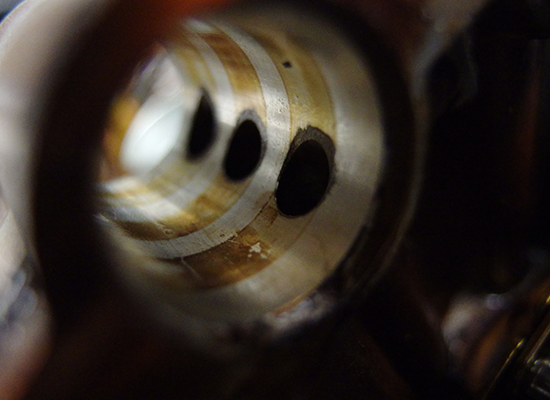
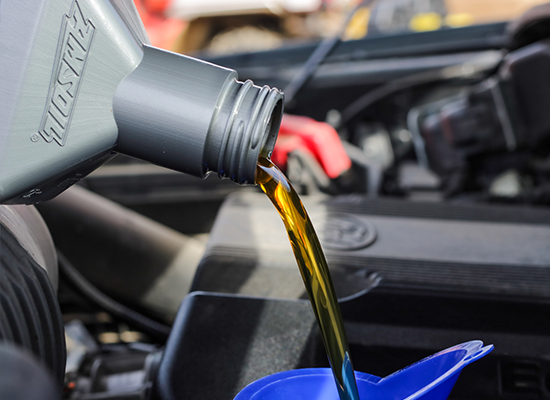




Comments
Brad Nelson is a staff writer for AMSOIL. Outside of work he enjoys family adventures, wilderness exploration and riding/wrenching on vintage metric motorcycles.
Share: